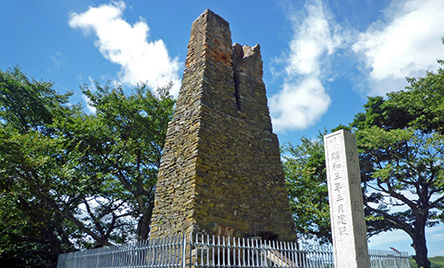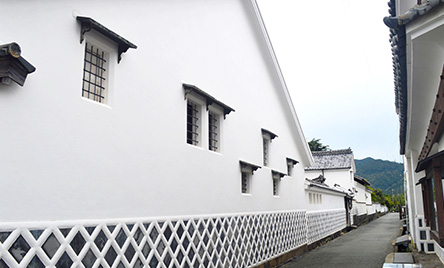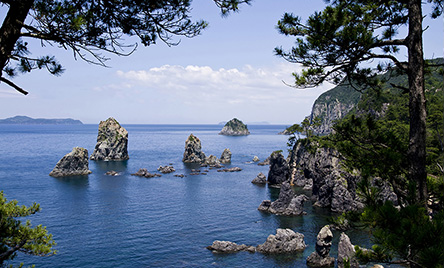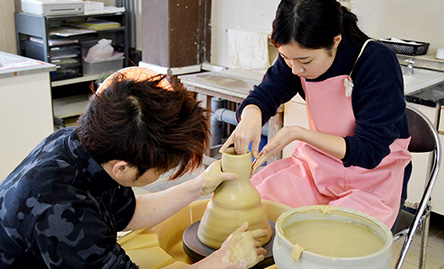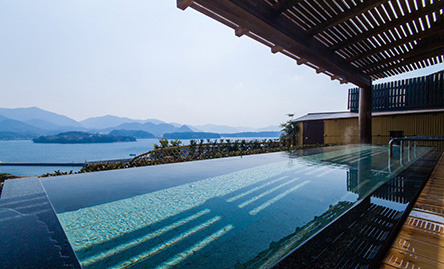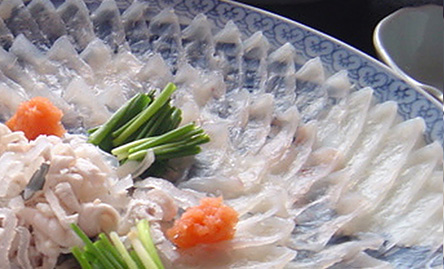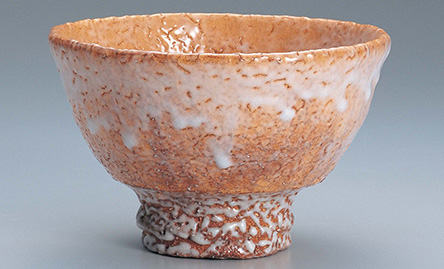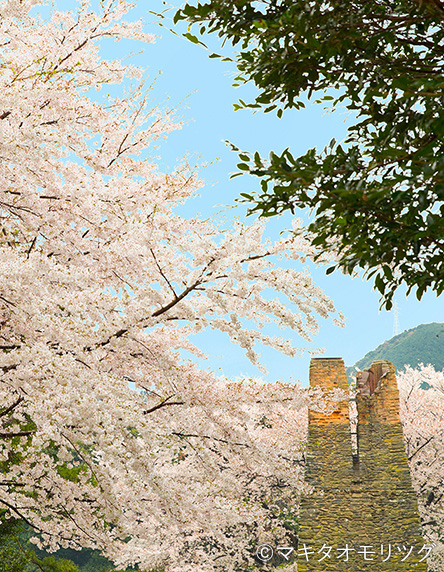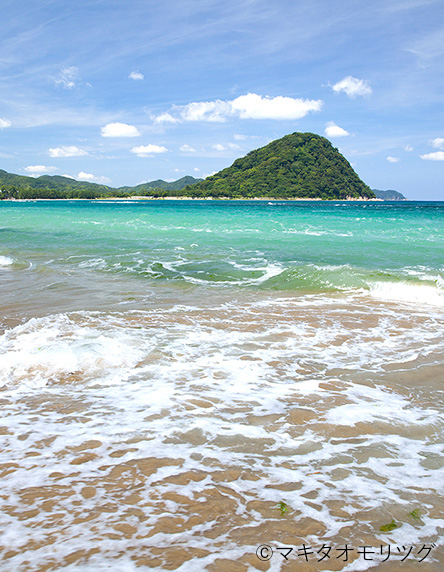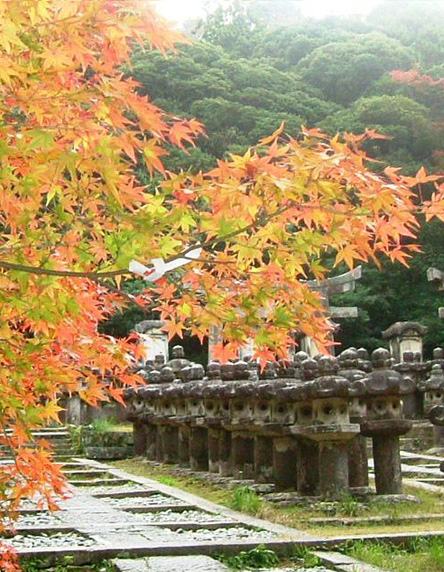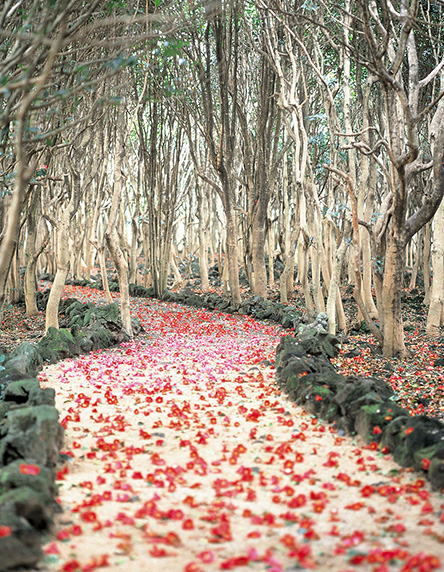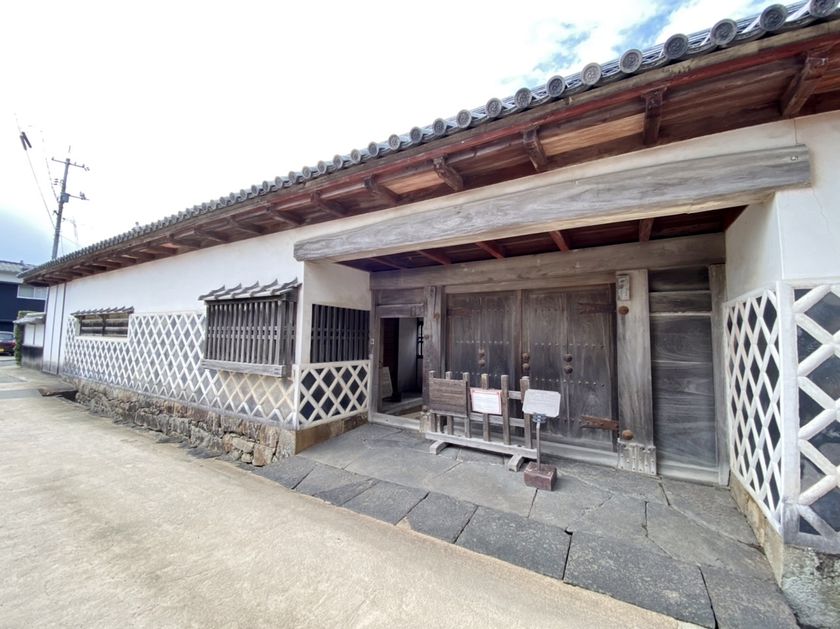The Kuchiba family were retainers to the Mōri family, the rulers of Chōshū domain
The Kuchiba family residence sits beside the Hashimoto River, in the former samurai district south of Hagi Castle. The Kuchiba family were retainers to the Mōri family, the rulers of Chōshū domain during the Edo period (1603–1867).
In 1674, Kuchiba Narimichi (dates unknown) was made a yorigumi, a class of high-ranking retainer, and his family held the title until the fall of the Tokugawa shogunate in 1868.
Architecture
With its well-preserved white earthen walls, the home is a fine example of a high-ranking samurai residence of the Edo period. In particular, the nagayamon gate is a valuable example of the architecture of this time. The gate, which contains a guard station, a stable, and a storage room, is the largest in Hagi.
In the main part of the home, there is a narrow, tatami-floored space between two larger rooms. A guard would be stationed there, ready to spring to their master's defense in the event of an attack. The space was known as an ai-no-ma, or “in-between space,” but it was also called a musha kakushi, or “guards’ hideaway.” The floor of the ai-no-ma is covered with tatami matting to prevent the floorboards from creaking, which would give away the presence of the bodyguards.
The building has a number of rooms with unusually high ceilings, in contrast to the lower ceilings in the homes of other local notables, such as Yoshida Shōin (1830–1859) and Itō Hirobumi (1841–1909). The ceiling height indicates that it was an extremely high-status household. Furthermore, even within the building, ceiling heights indicate differences in status and gender relationships from room-to-room. The room facing the garden, where the women and children gathered, has a particularly low ceiling.
Family Memorabilia
Several artifacts connected to the Kuchiba family’s history are displayed in the house. For example, an umajirushi, or “horse insignia,” is on display in the main room. Such standards were used to mark position in battle, allowing warrior commanders to observe and direct their forces from afar. The Kuchiba family’s umajirushi is made of luxurious paulownia wood, suggesting its use may have been ceremonial. It was most likely used as part of the pageantry of the Mōri daimyo’s processions to Edo, which were required as part of the alternate attendance system (sankin kōtai).
Edo-period weapons are also on display inside the residence. Pole weapons such as a sodegarami, which was used to apprehend criminals, and a naginata, a curved blade on a long shaft, rest in their racks above the sliding doors. Naginata were used to stab, like a spear, or to slash an enemy from farther away than was possible with a sword. However, the weapons on display have thin blades and are inlaid with various precious metals. Most likely they were “vanity weapons” that were displayed during the alternate attendance processions rather than used on the field of battle.
The original Kuchiba family residence was considerably larger than the current building suggests. After it was declared an Important Cultural Property in 1974, everything but the surviving Edo-period part of the residence was torn down. The remaining structure was painstakingly restored to its former appearance.
(This English-language text was created by the Japan Tourism Agency. )
Basic info
| Price | ¥100 |
|---|---|
| Access | 11-minute walk southwest of Hagi Museum |
| Phone | 0838-25-3139 (Hagi Tourist Information) |
| Address | 1-3 Horiuchi, Hagi, Yamaguchi |
| Open | 9:00 a.m. to 5:00 p.m. (daily) |
| Holiday | Closed on Wednesdays, August 13th to 15th, December 30th to January 3rd |
